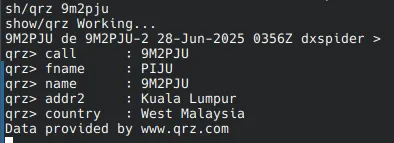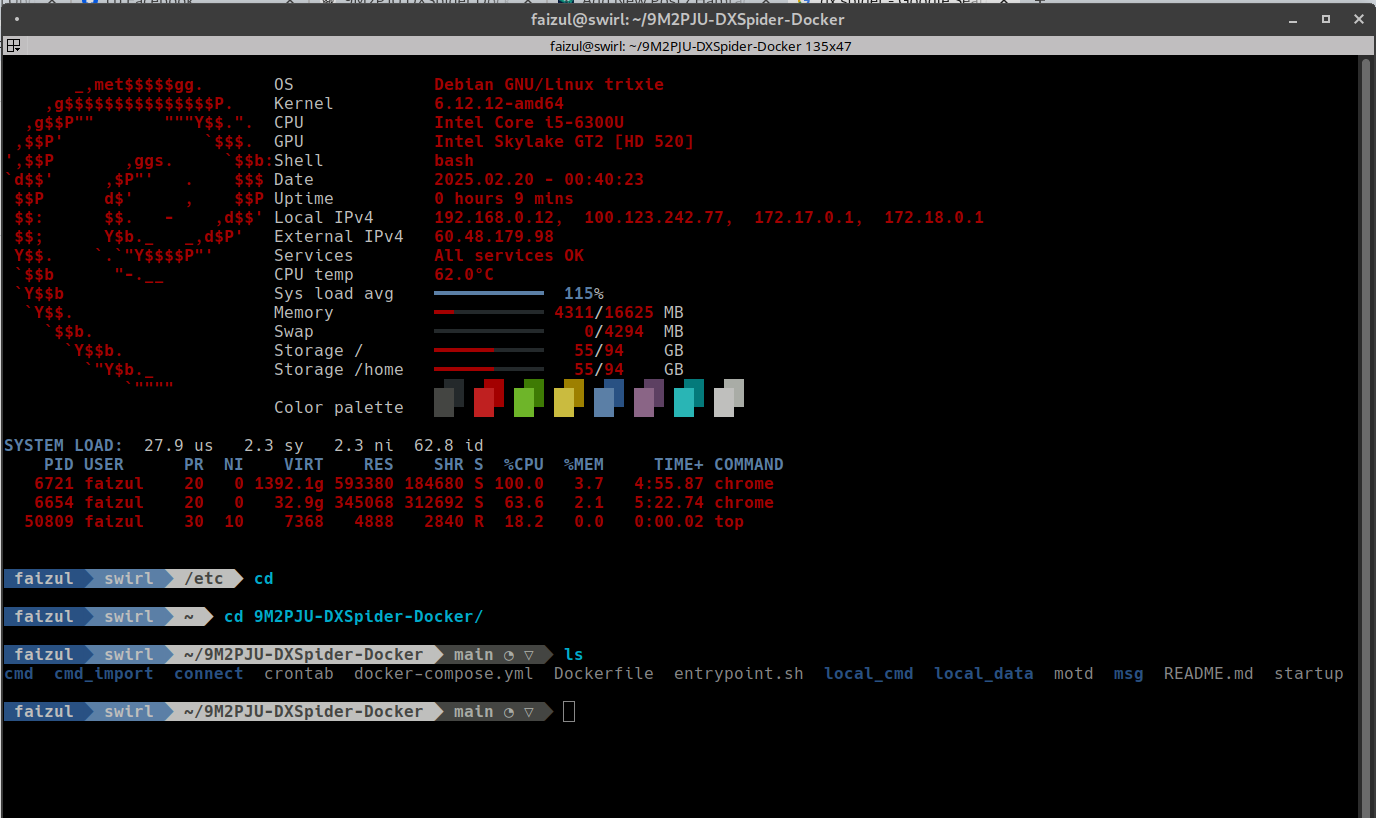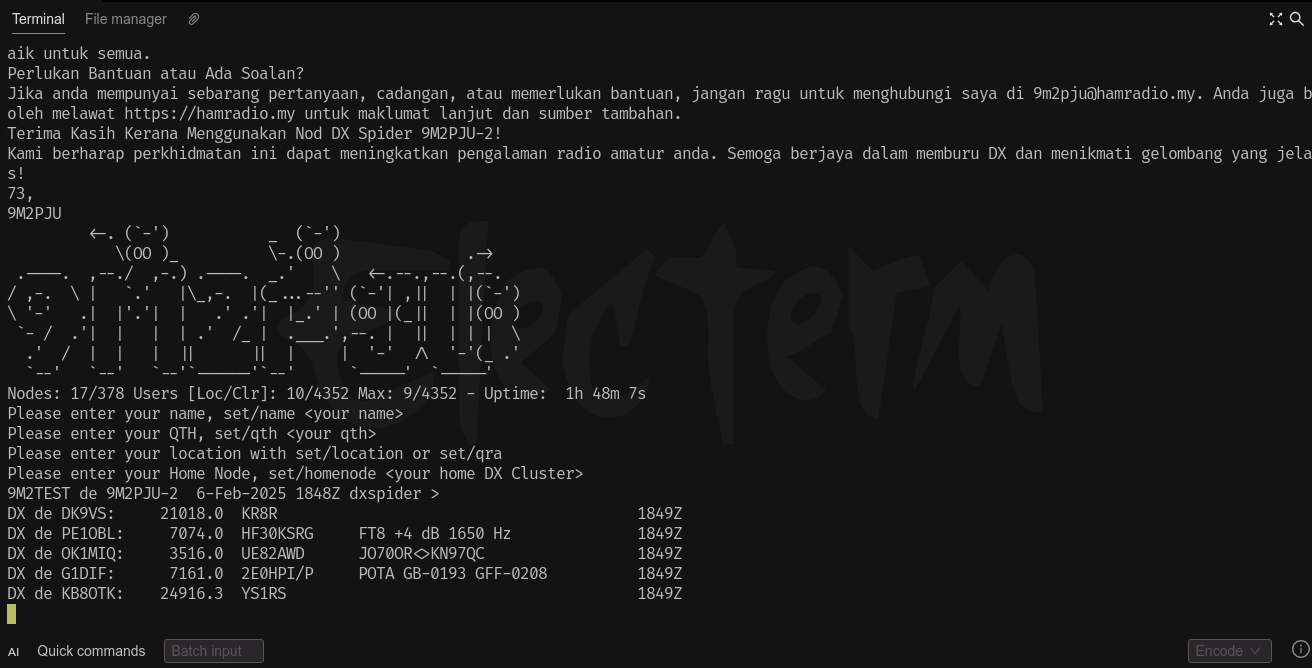Unveiling the Power of MRTG: Monitoring 9M2PJU-2 DX Cluster Node Statistics
Greetings, fellow ham radio enthusiasts! Today, I’m thrilled to share with you an exciting development in our ongoing quest for network optimization and performance enhancement. As part of my dedication to maximizing the efficiency of our amateur radio infrastructure, I’ve recently implemented Multi Router Traffic Grapher (MRTG) to monitor and analyze the statistics of our 9M2PJU-2 DX Cluster Node. Let’s dive in and explore the insights uncovered through this powerful tool.
Harnessing MRTG for 9M2PJU-2 DX Cluster Node:
MRTG has revolutionized the way we monitor and analyze the performance of our DX Cluster Node. With its intuitive interface and robust functionality, MRTG provides us with real-time visibility into the traffic patterns and utilization levels of our network link. Through a series of meticulously crafted graphs and reports, we’re able to gain valuable insights into the health and efficiency of our DX Cluster Node.
Visualizing Network Traffic Trends:
One of the most striking features of MRTG is its ability to visualize network traffic trends over time. Through dynamic graphs, we can track the ebb and flow of data across our DX Cluster Node, identifying peak usage periods, latency spikes, and other critical performance metrics. This visual representation enables us to proactively address potential bottlenecks and optimize our network resources for maximum efficiency.
Uncovering Historical Data Insights:
Beyond real-time monitoring, MRTG also archives historical data, allowing us to conduct in-depth analysis of past network performance. By examining historical trends and patterns, we can pinpoint recurring issues, forecast future traffic demands, and make informed decisions to improve the overall reliability and resilience of our DX Cluster Node.
Sharing Insights with the Community:
As passionate members of the ham radio community, we believe in the spirit of collaboration and knowledge sharing. That’s why we’re excited to showcase our experience with MRTG and share the insights we’ve gained with fellow enthusiasts. By documenting our journey and highlighting the benefits of leveraging MRTG for network monitoring, we hope to inspire others to explore new tools and techniques for optimizing their amateur radio setups.
Benefits of MRTG:
- Real-time Visibility: MRTG provides instant insights into network performance, enabling proactive management and troubleshooting.
- Historical Analysis: Archived data allows for trend analysis and long-term planning, enhancing network reliability.
- Customization: MRTG offers flexibility in graph generation and data presentation, catering to diverse monitoring needs.
- Ease of Use: Simple setup and configuration make MRTG accessible to users of all skill levels, minimizing deployment overhead.
- Cost-effectiveness: As an open-source tool, MRTG eliminates the need for expensive proprietary solutions, making it an ideal choice for amateur radio enthusiasts.
In conclusion, the integration of MRTG into our monitoring toolkit has been a game-changer for enhancing the performance and reliability of our 9M2PJU-2 DX Cluster Node. With its powerful visualization capabilities, historical data insights, and ease of use, MRTG has empowered us to take our network monitoring to new heights. As we continue to fine-tune our setup and explore new avenues for improvement, we’re excited to share our progress and insights with the wider ham radio community. Together, let’s harness the power of MRTG to unlock new possibilities and elevate the amateur radio experience for all. Stay tuned for more updates and discoveries on our journey toward network excellence!






Post Comment